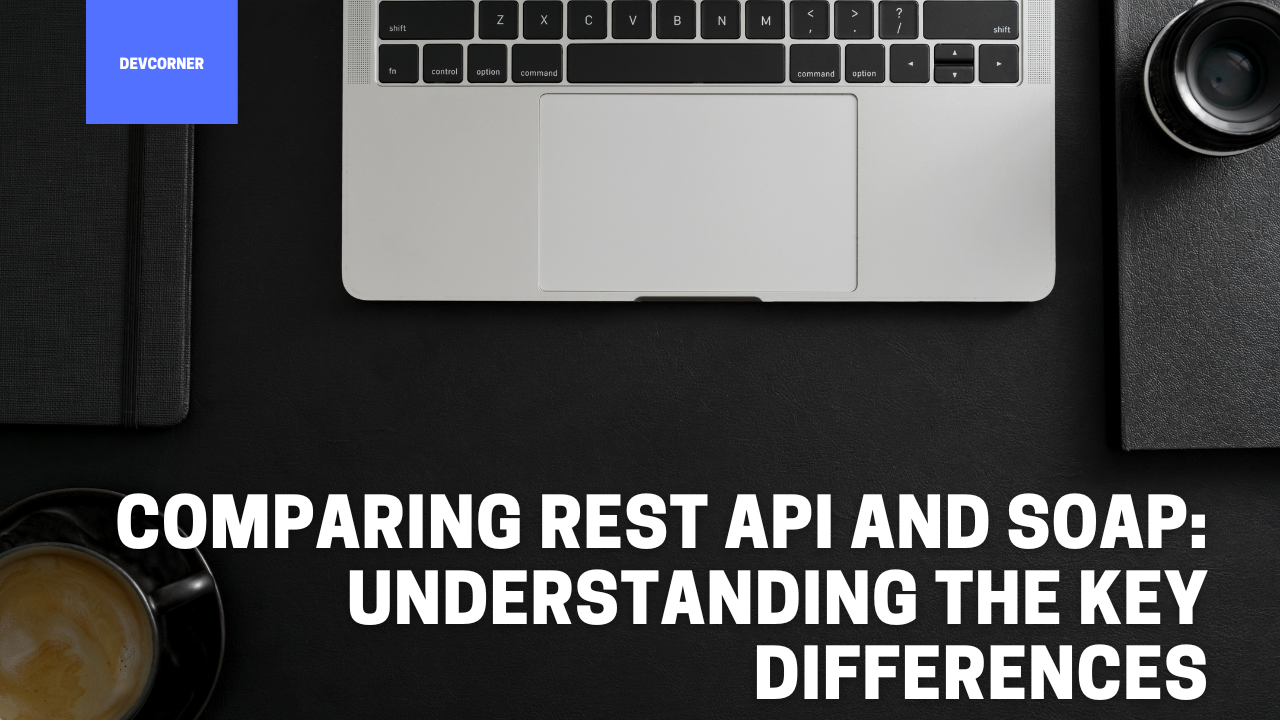Comparing REST API and SOAP: Understanding the Key Differences
 Marouane
Marouane
REST (Representational State Transfer) and SOAP (Simple Object Access Protocol) are two popular web service protocols that handle communication between systems over the internet.
REST is a lightweight and flexible architecture that was designed to be easily implemented and used over the internet. It is based on the HTTP protocol, which is the foundation of data communication on the web. REST APIs use HTTP requests to send and receive data and operate using the standard HTTP verbs such as GET, POST, PUT, and DELETE.
One of the main advantages of REST is that it is easy to use and understand, making it a popular choice for developers. REST APIs are also highly scalable, making them suitable for use in high-traffic applications.
On the other hand, SOAP is a more rigid protocol that was designed to provide a secure way to exchange structured data over the internet. It is based on the XML format and requires the use of complex message headers to transmit data. SOAP APIs also operate using HTTP, but the request and response messages are more structured and contain more information.
One of the main advantages of SOAP is that it is highly secure, as it includes built-in features such as message encryption and authentication. It is also very flexible, as it can be used to transmit data over a variety of different protocols, including HTTP, SMTP, and TCP.
While both REST and SOAP are popular choices for web service protocols, they each have their own strengths and weaknesses. REST is generally preferred for its simplicity and ease of use, while SOAP is preferred for its security and flexibility. Ultimately, the choice between the two protocols will depend on the specific requirements of the application.
This post has been originally posted on www.devcorner.blog
Subscribe to my newsletter
Read articles from Marouane directly inside your inbox. Subscribe to the newsletter, and don't miss out.
Written by
